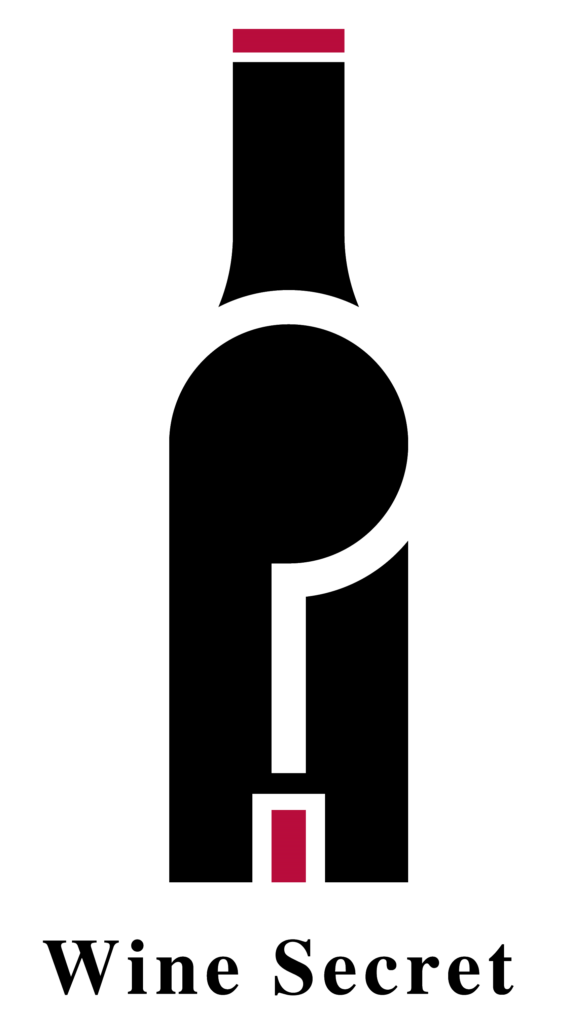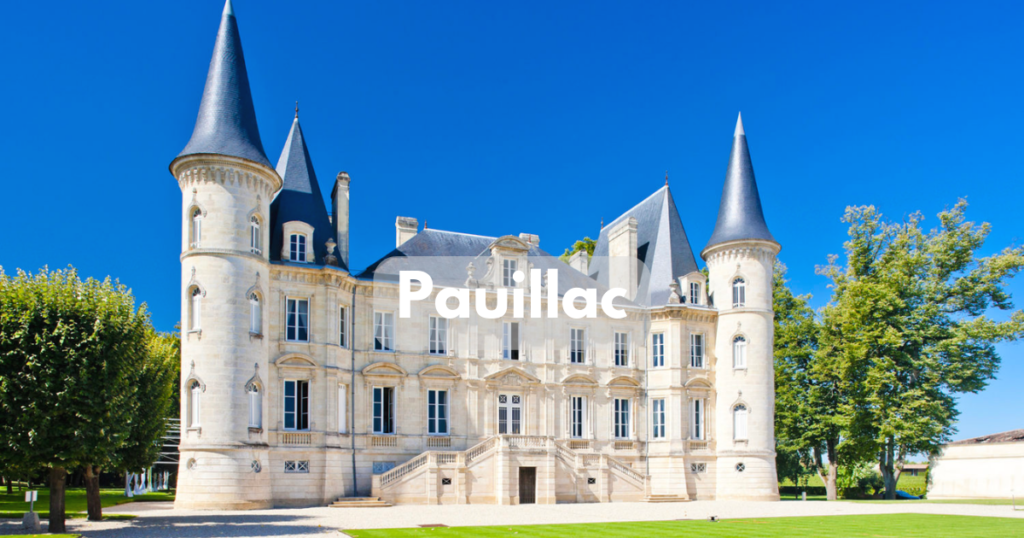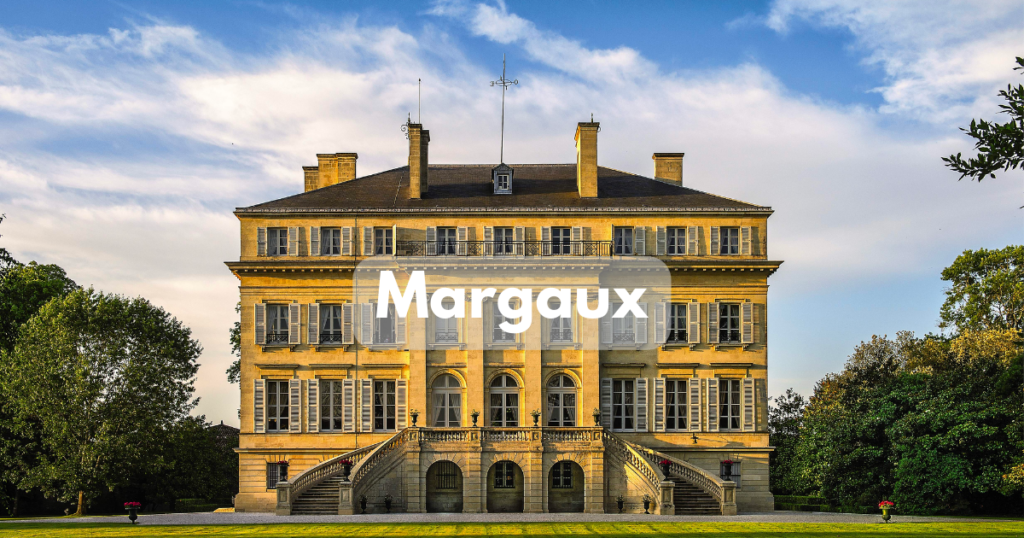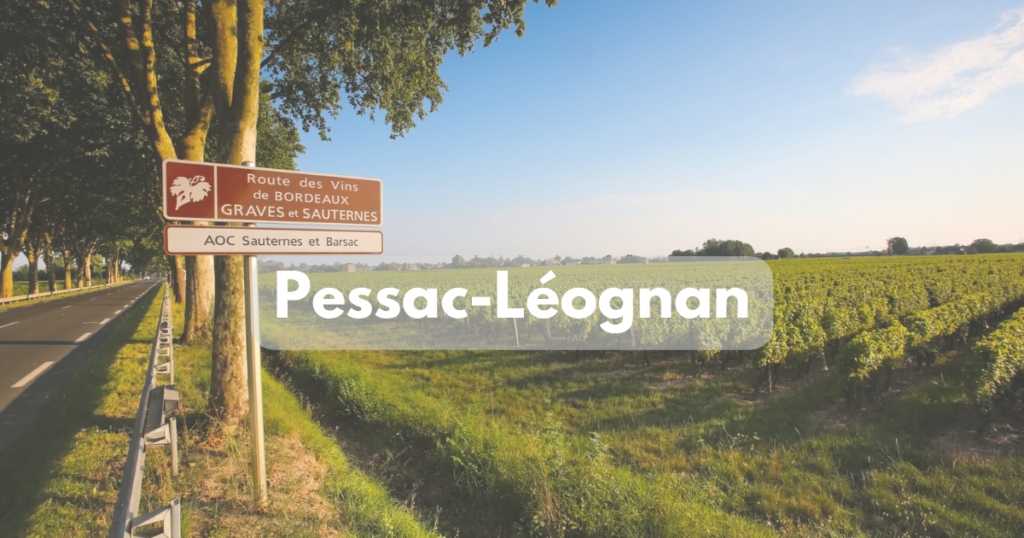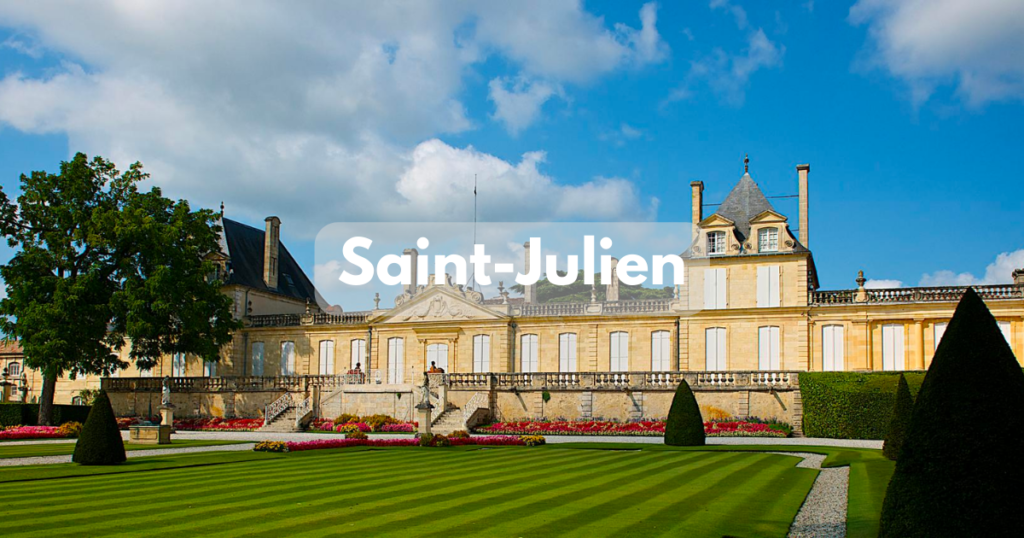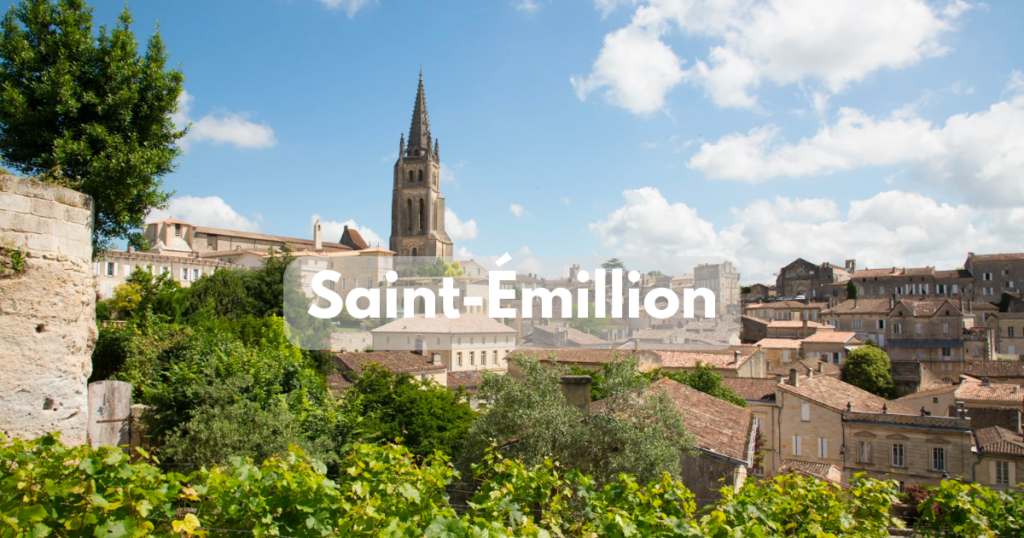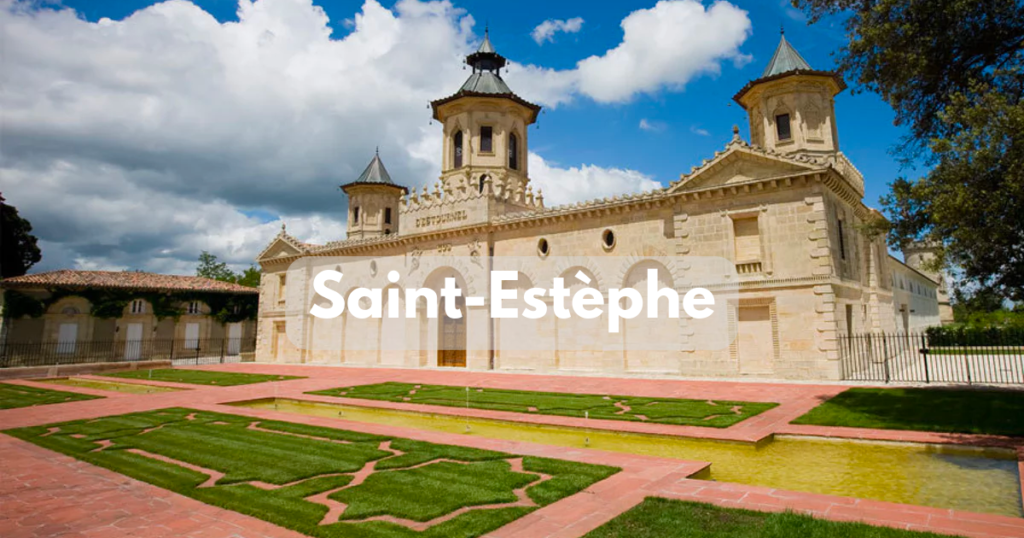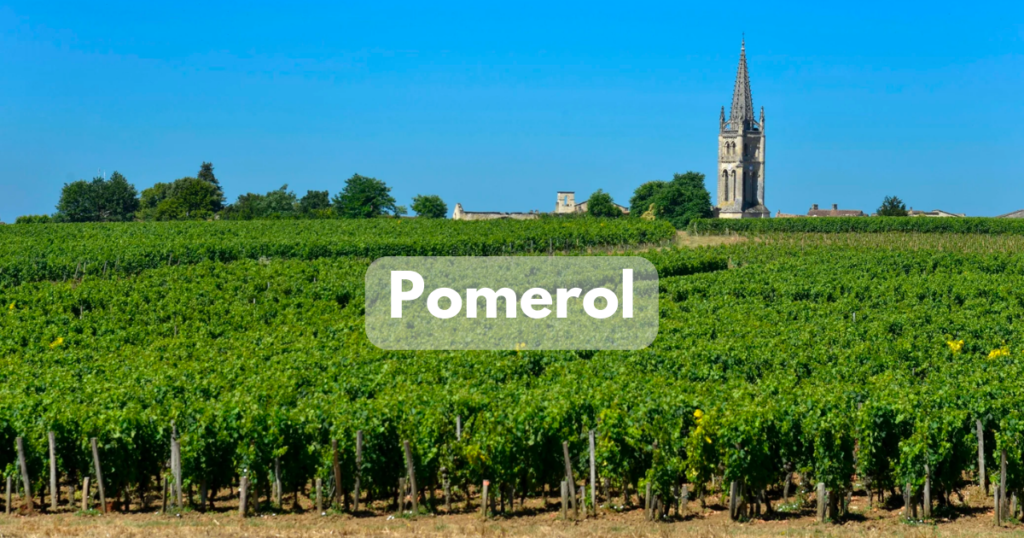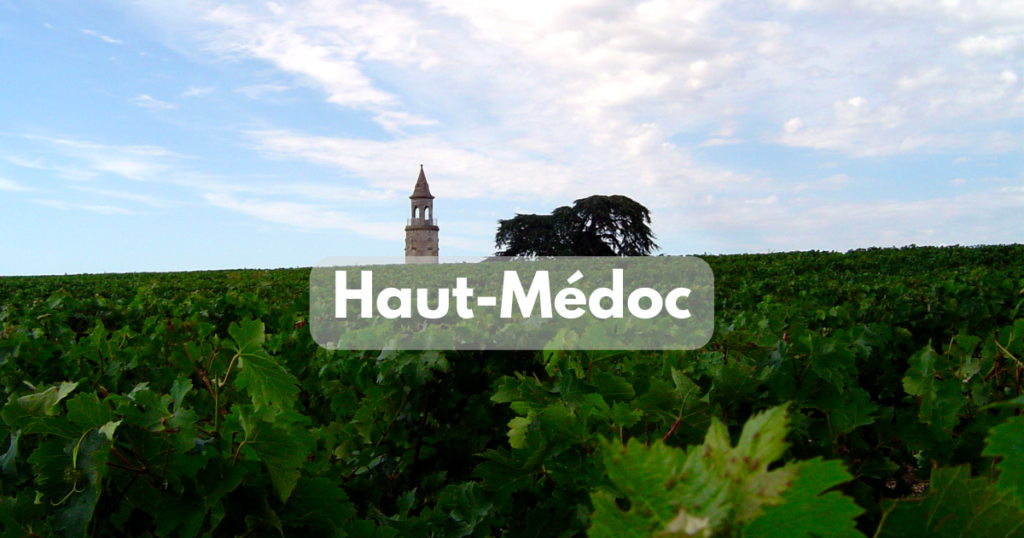Bordeaux Introduction
Wines from Bordeaux can fall under five distinct classifications: 1) the Médoc Classification of 1855, 2) the Cru Classé of St. Émilion, 3) the Graves Classification, 4) Cru Bourgeois du Médoc, and 5) Crus Artisans. You may also see the term Grand Vin, which, while unregulated, indicates the producer’s top wine.
What’s the Bordeaux Classification of 1855
The Médoc Classification of 1855 is perhaps the most famous in the world. When you hear the phrase ‘Grand Cru’, you’re probably thinking of this famed classification even if you don’t realize it.
Bordeaux has a long history of producing ode-worthy wines that go back centuries. In 1855, the French government was holding a grand exhibition and wanted to showcase the region’s wines.
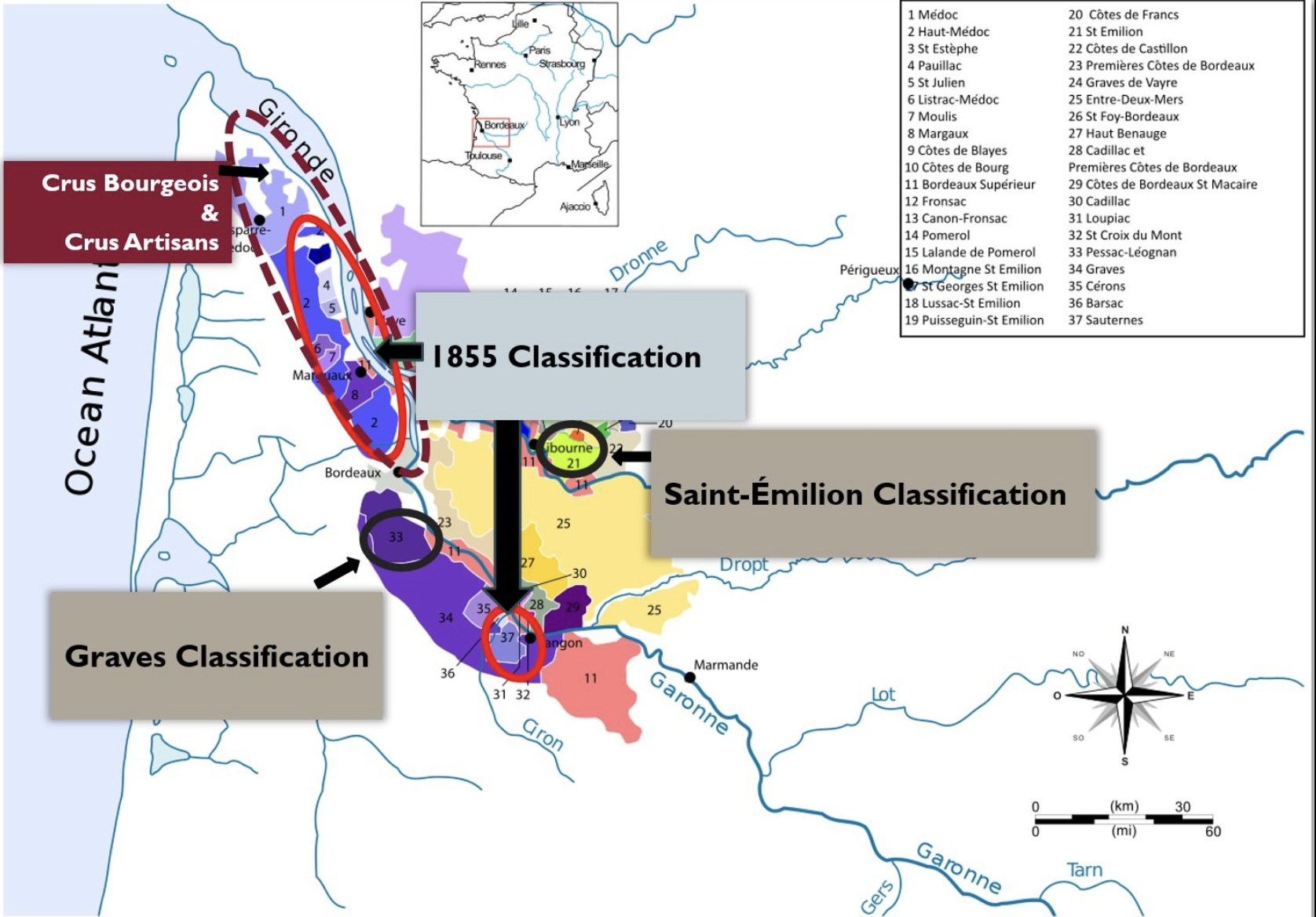
1855 Classification Bordeaux Regions
“Left Bank” wines are made on the left bank of the Gironde Estuary or along the lefthand side of the Garonne River. “Right Bank” wines refer to those made on the right bank of the Dordogne River past Saint Emilion.
Almost overnight, this classification system became an at-a-glance way to identify the highest quality wines. The châteaus that earned a ranking back in 1855 were able to leverage their ranking as a marketing tool to promote and sell their wines.
The 1855 classification covers dry red wines from the Haut-Médoc and sub-appellations, as well as sweet white wines from Sauternes and Barsac.
Today, there are five first growths that are considered the top of the cru classé in the Médoc:
Haut-Brion
Lafite Rothschild
Mouton Rothschild
Latour
Margaux
These iconic wines command some of the highest prices in the world and you won’t find them at your average wine shop or discount grocery store.
But Here at Wine Secret, we are more than lucky and happy to find you these wines. Shop with Wine Secret Now!
What’s the Criticism of the 1855 Bordeaux Classification?
There have been very few changes to the 1855 classification over the past 170 years.
Critics of the 1855 classification argue that it’s impossible for a wine producer to maintain quality over that type of timeline. Châteaus fall into financial trouble, change owners, and certainly, vintages can differ year-over-year.
Another argument against the Classification of 1855, is that the classification (and therefore the reputation) is tied to the Château, not the landholdings.
What exactly does this mean?
Châteaus are free to buy and sell land within the Médoc. Any vineyard holdings that a winery acquires automatically get folded under whatever the classification of that château happens to be.
To illustrate: Hypothetically, if Château Margaux acquires an extra acre or two of vineyard land, then that wine made from those grapes will also be considered first growths – the best of the best.
This applies to any of the classified growths of 1855 – if the producer acquires more land, then the wine made from grapes on the new land will automatically be grandfathered under the ranking for that producer.
The 1855 classification isn’t terroir-driven.
One could argue that any quality standards related to wine should be linked to the vineyard. After all, great wines are made in the vineyard – as the expression goes.
Because the 1855 classification largely excluded the producers outside of the Médoc, it’s only fitting that quality producers from other regions have their own classification systems, too.
